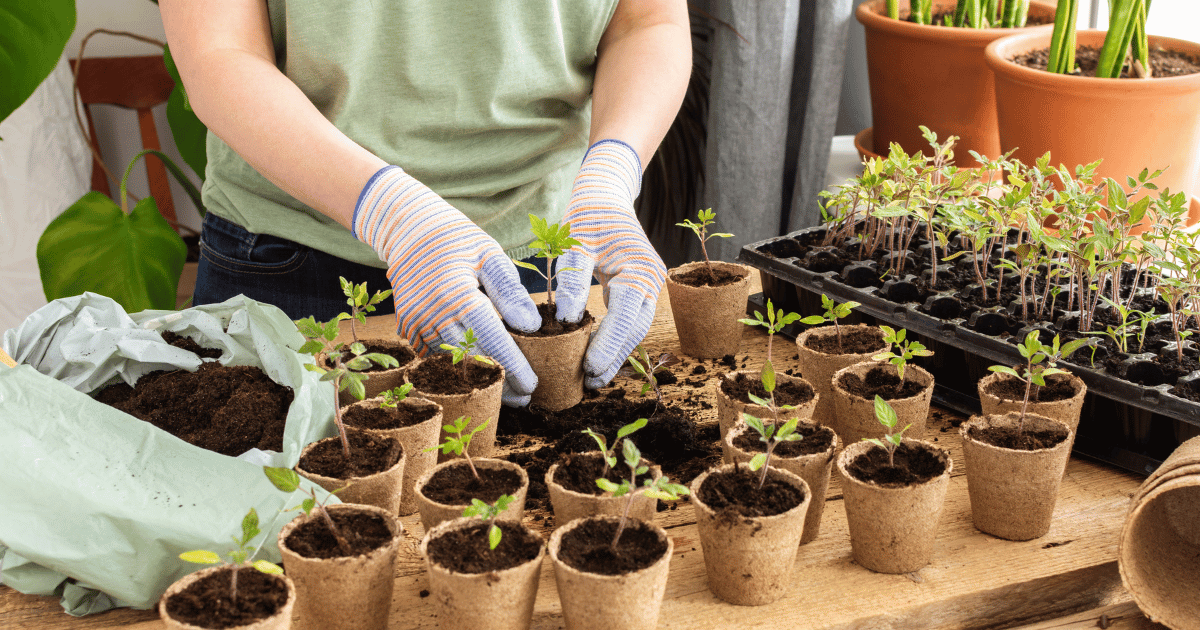Planting, an artistry of placing life into soil, is the first step towards nurturing a flourishing garden. Mastering planting techniques involves understanding the nuances of the process to ensure the health and vitality of your green companions. Here are essential tips to elevate your planting skills and foster robust growth.
1. Soil Preparation: The Foundation
Prepare the soil before planting—it’s the bedrock of healthy growth. Ensure it’s well-draining, loose, and rich in nutrients. Incorporate compost or organic matter to enhance its fertility and structure.
2. Plant Selection and Spacing
Choose plants suited to your local climate and soil conditions. Consider their mature size and spacing requirements. Proper spacing allows adequate airflow, reducing the risk of diseases and competition for resources.
3. Planting Depth and Technique
Plant at the appropriate depth—neither too shallow nor too deep. Use proper techniques, like gently loosening roots for container plants or creating a small basin around the plant to retain water for in-ground planting.
4. Watering Routine
Water newly planted seeds or seedlings gently but thoroughly. Ensure consistent moisture without waterlogging. Consider using a watering can with a gentle shower head for delicate seedlings.
5. Mulching Mastery
Mulch acts as nature’s blanket for your garden. Apply a layer around plants to conserve moisture, suppress weeds, regulate soil temperature, and protect roots. Use organic mulch for its beneficial properties.
6. Staking and Support
Provide adequate support for tall or vining plants. Use stakes or trellises to prevent sprawling and promote upright growth. Secure plants without constricting their natural movement.
7. Aftercare: Pruning and Maintenance
Post-planting care is crucial for healthy growth. Prune damaged or dead parts, encourage new growth, and maintain plant shape. Regular maintenance prevents diseases and supports vigorous development.
8. Fertilization Finesse
Understand your plants’ nutritional needs. Choose appropriate fertilizers and follow recommended feeding schedules. Avoid over-fertilization, which can harm plants, and opt for natural or slow-release options.
9. Observing and Adapting
Continuously observe your plants’ responses to planting techniques. Adapt your approach based on their growth patterns, changes in foliage, or any signs of stress. Flexibility is key in optimizing care.
Conclusion
Mastering planting techniques isn’t just about digging holes and placing plants—it’s an art of creating an environment where life thrives. By applying these tips, you embark on a journey of nurturing healthy and vibrant growth in your garden. Embrace the process, learn from each planting experience, and revel in the beauty of watching life take root and flourish.
